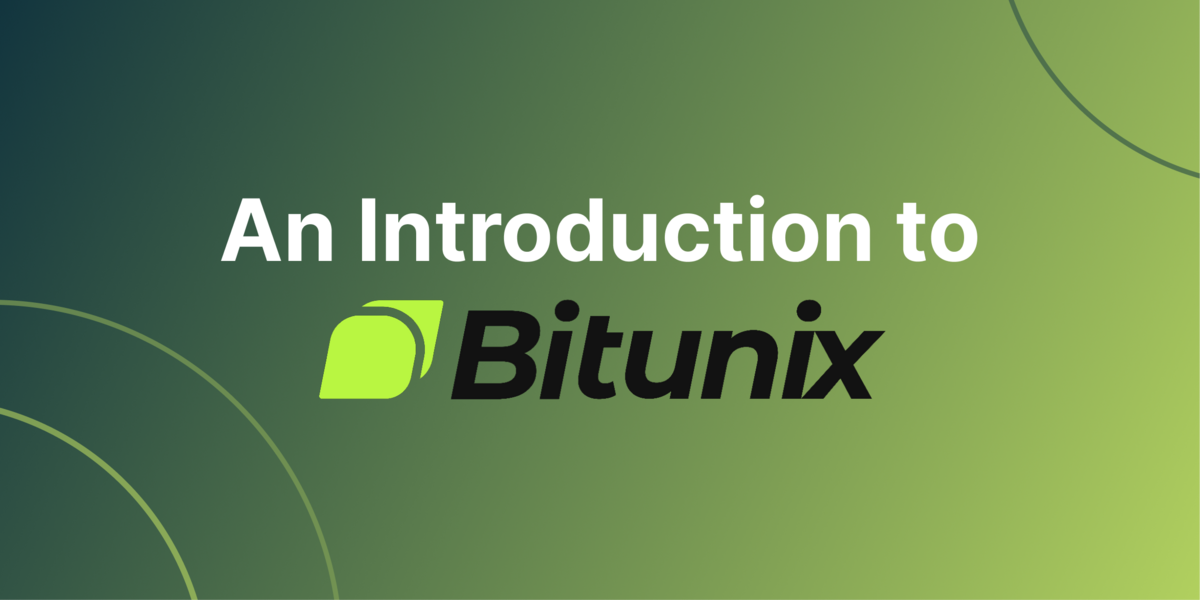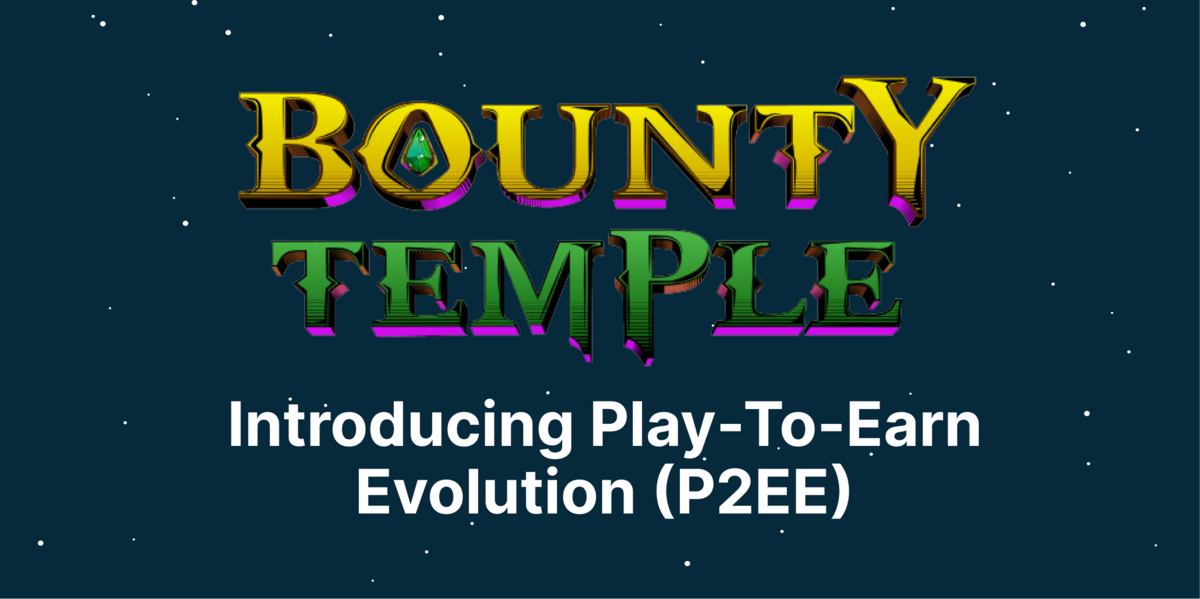Key Takeaways
-
Candlestick charts are an integral element of technical analysis and consist of three sections – body, wick, and color.
-
The wick often indicates a significant change in price levels – the high and low of a trading session.
-
A short wick suggests that trading generally occurred between the opening and closing prices of that specific trading session. In contrast, a long wick indicates that the price movement significantly crossed or broke the opening and/or closing price limits.
-
There are three main types of long wick candles – hammer candlesticks, shooting star candlesticks, and spinning top candlesticks.
-
A long wick candlestick is just one of the methods to consider when entering a trade. Before entering a trade, you should seek more information, like the existing trend, trading volumes during the long wick candlestick formation, primary support/resistance levels, and more.

Investing in the crypto market comes with its fair share of risks. It requires detailed analysis, proper planning, and careful implementation of your trading plan. Successful crypto traders leverage multiple methods and techniques to forecast the price movement of cryptocurrencies and invest accordingly. Reading candlestick charts is one of those methods that help traders to understand the short-term price movements of cryptocurrencies.
A candlestick chart consists of three sections – body, wick, and color. The body shows the difference between the opening and closing price, and the color shows whether the closing price was above or below the opening price. In candlestick trading, the size of the wick is significant, as the wick shows the low and high points during the intraday price movements.

This article digs deep into the long wick candle, types of long wick candles and their meaning, long wick candle, possible reversals, and trading on long wick candlesticks.
What Do Wicks on Candlestick Charts Mean?
Candlestick charts are an integral element of technical analysis. The wick or shadow is one of the primary parts of a candlestick, and it often indicates a significant change in price levels – the high and low of a trading session. Therefore, wick trading considers the price levels formed outside the opening and trading prices.
The length of the wick is vital in wick trading strategies. A short wick implies that trading generally occurred between the opening and closing prices of that specific trading session. On the other hand, a long wick suggests that the price movement significantly crossed or broke the opening and/or closing price limits.
Moreover, there is a big difference between a long upper wick stick and a long lower wick stick. The first occurs when the candle's high is more intense than the closing price. This implies that although buyers dominated most of the session, the sellers eventually succeeded in lowering the asset price. On the contrary, a long lower wick indicates that the trading period ended strongly, with sellers dominating throughout the session, but buyers managed to pump prices up eventually.
What is a Long Wick Candle?
Most crypto traders view the long stick candle as a reversal indicator that inclines towards the opposite direction of the prevailing trend. It's one of the most popular candlesticks, named after its long shadow, as shown below. As mentioned above, if the candle's body has a green color, it shows that the closing price is higher than the opening price. A red body suggests that the opening price is higher than the closing price.
But as a reversal indicator, a candle's color doesn't hold much water. Instead, a candle's location determines whether it's a bullish or bearish reversal.

For a bearish reversal indicator, the body is on the upper side and at the end of a bullish movement. It's characterized by a small top wick, with the candle's highest price being close to or equal to the opening or closing price. On the contrary, for a bullish reversal signal, the candle body is located at the bottom and towards the end of a bearish move. A small bottom wick and a long upper wick epitomize it.
How Does A Long Wick Candle Form?
To comprehensively understand long wick candles, learning how they form is essential. For instance, a long upper wick candle is due to higher purchasing pressure and consequent rejection. This implies buyers push the asset price beyond the opening and closing prices by controlling the market throughout the trading period.
Nevertheless, they finally give in to sellers' counterattacks, leading to price declines. When the price declines after hitting a new high, it creates a long upper wick, symbolizing the market's rejection of growing prices.
Conversely, a long lower wick candle results from higher selling pressure and consequent rejection. This suggests sellers push the asset price below the opening and closing price by controlling the market throughout. However, they finally give in to purchasers' actions, and the price rises. When the price appreciates after hitting a new low, it creates a long lower wick, showing the market's rejection of declining prices.
Generally, long wick candles are formed due to supply and demand. When prices start appreciating, the demand declines, and the prices eventually follow suit. Likewise, when prices depreciate, the demand intensifies, and the prices start rising again. Furthermore, long wick candles suggest that the market rejects upward or downward trends. This is why they are sometimes called rejection candles.
Types of Long Wick Candles and What They Mean
There are three main types of long wick candles:
Hammer Candlestick

The hammer candlestick is a bullish pattern, characterized by a small body (the difference between the opening and closing price), a long lower shadow (the difference between the low of the day and the bottom of the body), and little or no upper shadow. The hammer candlestick pattern indicates buyers entered the market and overpowered the sellers, pushing the price back up.
There are three types of hammer candlesticks:
-
Green hammer candlestick – The close of the candle is higher than the open.
-
Red hammer candlestick – The close of the candle is lower than the open.
-
Inverted hammer candlestick – The wick is above the body, signaling a mixed price reversal. It often forms at the bottom of a downtrend.
The hammer candlestick is considered a strong bullish signal when it appears after a downtrend, as it shows that the buyers have taken control and are likely to continue pushing the price higher. You should look for confirmation of the hammer pattern by watching for follow-through buying on the subsequent trading actions.
Shooting Star Candlestick

A shooting star candlestick is a bearish reversal pattern that forms after an uptrend. A small body characterizes it at the bottom of the day's range, with a long upper wick and little or no lower wick. The shooting star candlestick pattern indicates that sellers entered the market and overpowered the buyers, pushing the price back down.
You may have realized that an inverted hammer and shooting star appear almost identical. However, they are different. A shooting star forms when the price appreciates and then declines, while an inverted hammer forms when a price declines and then appreciates.
The shooting star candlestick is considered a strong bearish signal when it appears after an uptrend, as it shows that the sellers have taken control and are likely to continue pushing the price lower. You should look for confirmation of the shooting star pattern by watching for follow-through selling on the subsequent trading actions.
Spinning Top

The spinning top candlestick is a neutral pattern that forms when the opening and closing prices are close, and the range (the difference between the high and low of the day) is relatively equal. From a layman's point of view, a spinning top candlestick has long upper and lower wicks with a short body.
A spinning top candle forms when buyers drive the price higher than the opening price, and the sellers pull it back before the market closes. Alternatively, it can form when sellers pull the price lower than the opening price, and buyers drive it back before the market closes. As such, there are two types of spinning top candlesticks:
-
Bullish spinning top has a green body and forms when the closing price is slightly higher than the opening price.
-
Bearish spinning top has a red body and forms when the opening price is slightly higher than the closing price.
The spinning top candlestick is considered a weak signal, as it doesn't clearly indicate the market's direction. You should look for the spinning top pattern confirmation by watching for a breakout in either direction on the next trading actions. In other words, a spinning top indicates indecision in the market, as neither the buyers nor the sellers have market control.
Long Wick Candles and Possible Reversals
There are two possible reversals for a long wick candlestick:
Bullish Long Wick Candlestick
A bullish, long wick candlestick pattern often indicates a potential reversal of a bearish trend. It typically forms when the price opens lower than the previous day's close but then rallies throughout the day, closing near or above the opening price. The candlestick has a long lower wick, representing the low price for the day.

The long lower shadow of the bullish long wick candlestick suggests that buyers have stepped in to push the price higher after the initial sell-off. This buying pressure further indicates that there may be a shift in sentiment from bearish to bullish, and traders should be on the lookout for further price increases.
You can use the bullish long wick candlestick pattern as a potential entry signal for a long position. However, confirming the reversal with other technical indicators or fundamental analysis is crucial before entering a trade.
Bearish Long Wick Candlestick
The bearish long wick candlestick is a pattern that mostly signals a potential reversal of a bullish trend. It typically forms when the price opens higher than the previous day's close but then sells off throughout the day, closing near or below the opening price. The candlestick has a long upper shadow, representing the day's highest price.

The long upper shadow of the bearish long wick candlestick suggests that sellers have stepped in to push the price lower after the initial rally. This selling pressure indicates that there may be a shift in sentiment from bullish to bearish, and traders should closely monitor further price actions.
You can use the bearish long wick candlestick pattern as a potential entry signal for a short position. However, as with the bullish long wick pattern, confirming the reversal with other technical indicators or fundamental analysis is essential before entering the trade.
Trading on Long Wick Candlesticks
Let's look at the psychology behind long wick candlesticks to understand how to trade on them. We will concentrate on the actions of smart money throughout a long wick trading session.

This might indicate that smart money is creating a new long position in the asset. Let's dig into what transpired throughout the long wick trading session. When an asset depreciates, most investors often short it since the basic rule of thumb is – trade with the trend! However, some buyers become interested in the asset and are determined to pursue it.
The buying pressure they exert can indicate high demand for the asset at its current market price, leading to a short-term trend reversal. This can also imply a major business announcement (like a partnership or release of a new product/service) or change in market sentiment, impacting the long-term trend of the asset.
The same thing can take place during the creation of a shooting star. In this case, the short-term winners could be sellers who pulled the price downwards. However, the candlestick can suggest that smart money has begun accumulating the asset.
However, a long wick candlestick is not enough to trade. It's one of the methods to consider when entering a trade. You should seek more information like the existing trend, trading volumes during the long wick candlestick formation, primary support and resistance levels, and more.
Besides, the creation of a long wick candlestick can be a coincidence. You will know the real behavior of smart money in the few trading sessions after the formation of a long wick candlestick. As such, you should not enter any trading position after spotting a long wick candlestick – you should only put the asset in your watchlist to monitor it more closely in the subsequent trading sessions.
Conclusion
The formation of a long wick candlestick is an indicator of a potential trend reversal. You should closely monitor an asset that has formed a long wick candlestick for the next trading session. The behavior of the smart money will become more evident after a few sessions (probably even within 24 hours) after the formation of a long wick candlestick. You can leverage this, in addition to extra information, to follow the smart money and make wise investment decisions.

Josiah is a tech evangelist passionate about helping the world understand Blockchain, Crypto, NFT, DeFi, Tokenization, Fintech, and Web3 concepts. His hobbies are listening to music and playing football. Follow the author on Twitter @TechWriting001









 Or check it out in the app stores
Or check it out in the app stores